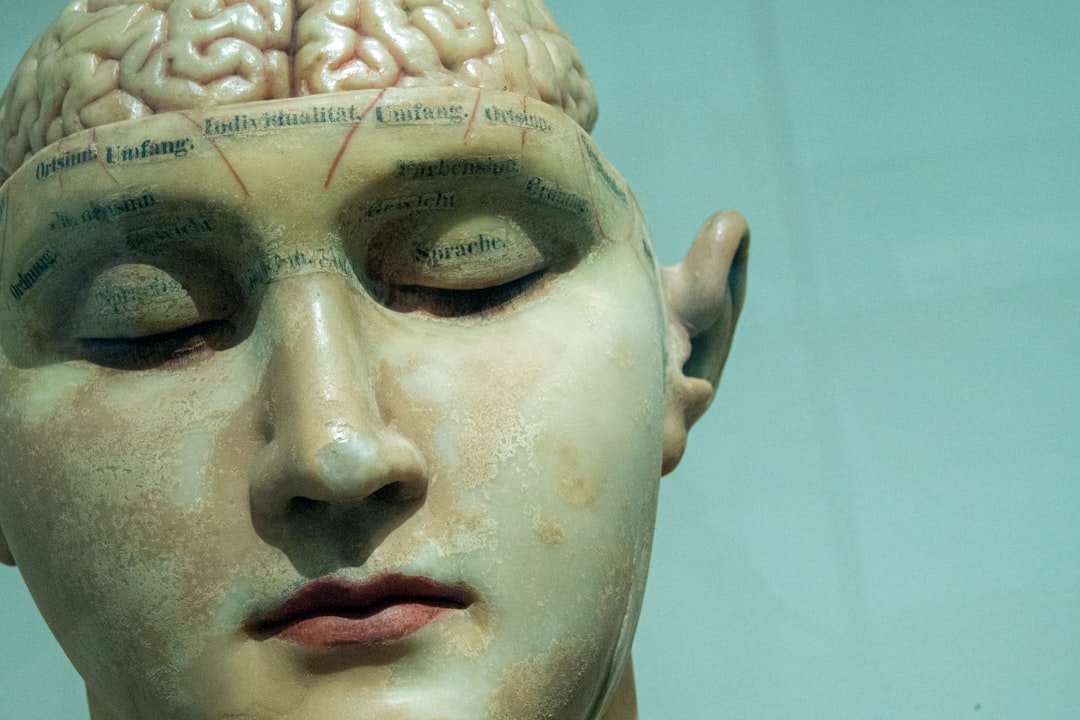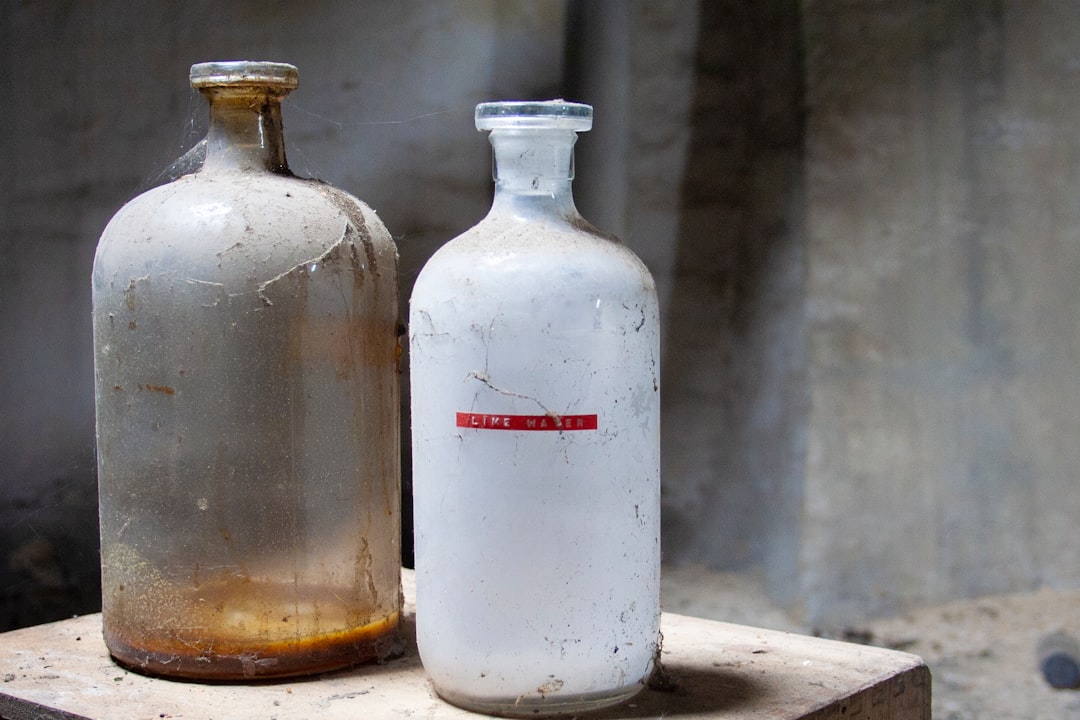What is it about?
Glutathione-S-transferases (GSTs) are enzymes involved in cellular detoxification by catalyzing the nucleophilic attack of glutathione (GSH) on the electrophilic center of numerous of toxic compounds and xenobiotics, including chemotherapeutic drugs. Human GST P1-1, which is known as the most prevalent isoform of the mammalian cytosolic GSTs, is overexpressed in many cancers and contributes to multidrug resistance by directly conjugating to chemotherapeutics. It is suggested that this resistance is related to the high expression of GST P1-1 in cancers, thereby contributing to resistance to chemotherapy. In addition, GSTs exhibit sulfonamidase activity, thereby catalyzing the GSH-mediated hydrolysis of sulfonamide bonds. Such reactions are of interest as potential tumor-directed prodrug activation strategies. Herein we report the design and synthesis of some novel sulfonamide-containing benzoxazoles, which are able to inhibit human GST P1-1. Among the tested compounds, 2-(4-chlorobenzyl)-5-(4-nitrophenylsulfonamido)- benzoxazole (5 f) was found as the most active hGST P1-1 inhibitor, with an IC50 value of 10.2 mm, showing potency similar to that of the reference drug ethacrynic acid. Molecular docking studies performed with CDocker revealed that the newly synthesized 2-substituted-5-(4-nitrophenylsulfonamido)benzoxazoles act as catalytic inhibitors of hGST P1-1 by binding to the H-site and generating conjugates with GSH to form S-(4-nitrophenyl) GSH (GS–BN complex) via nucleophilic aromatic substitution reaction. The 4-nitrobenzenesulfonamido moiety at position 5 of the benzoxazole ring is essential for binding to the H-site and for the formation of the GST-mediated GSH conjugate.
Featured Image
Why is it important?
benzoxazoles · glutathione · glutathione-S-transferase · molecular modeling · sulfonamides
Read the Original
This page is a summary of: Synthesis and Biological Evaluation of 2-Substituted-5-(4-nitrophenylsulfonamido)benzoxazoles as Human GST P1-1 Inhibitors, and Description of the Binding Site Features, ChemMedChem, March 2014, Wiley,
DOI: 10.1002/cmdc.201400010.
You can read the full text:
Contributors
The following have contributed to this page










